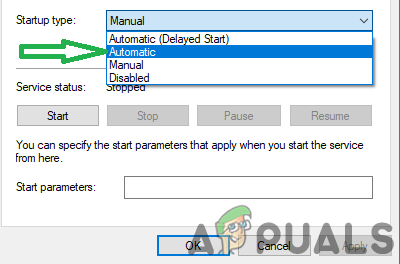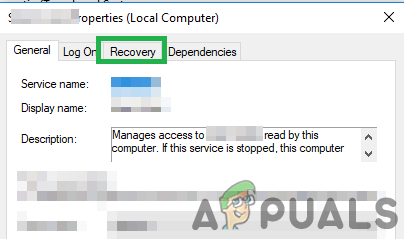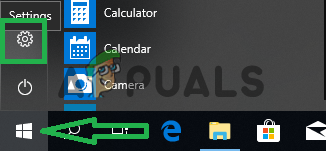Fix: Task Scheduler Error 0x80070057
Task Scheduler is an important Windows function that can run certain tasks at a certain time automatically. The user first needs to add a task that needs to run and then select the time it needs to run at. When the time comes, the Task Scheduler automatically runs that task. However, quite recently a lot of reports have been coming in of an “Error 0x80070057” and the Task Scheduler failing to start.
What Causes the Task Scheduler Error 0x80070057
After receiving numerous reports from multiple users we decided to investigate the issue and came up with a set of solutions which solved the problem for most of our users. Also, we looked into the reasons due to which the error is triggered and listed them below.
- Disabled Service: It is possible that you somehow disabled the service from running due to which even when you try to open it doesn’t open. It has been observed that some people disable important windows services to increase the computer’s performance while it is a great method to extract extra performance from your computer it can sometimes prevent important Windows Features from running.
- Antivirus: It was seen that in some cases the Antivirus installed on the computer was blocking the Feature from launching. Sometimes users themselves add the Task Scheduler into the block list and in rare cases, the Antivirus automatically adds it when it is installed.
- Windows’ Glitch: If you are using Windows 10 there might be a certain bug or a glitch in your operating system that is preventing you from using the task scheduling feature. Although, Windows 10 has been around for quite some time now. It still isn’t as stable as the older operating systems and many glitches exist within its framework.
- Administrator Privileges: If you are running a Standard account instead of an Administrator account on your computer then the Task Scheduler service might not start properly. Also, it is recommended that the Administrator account has a password set up for its login.
Now that you have a basic understanding of the nature of the issue we will move on towards the solutions. Make sure to implement these in the specific order in which they are listed to prevent any conflicts.
Solution 1: Restarting Service
It is possible that you disabled the Service while trying to increase your computer’s performance. Also, in some cases, a third-party performance booster can also disable important system services. Therefore, in this step, we will be enabling the Task Scheduler service. For that:
- Press the “Windows” + “R” Key to open the “Run Prompt”

Pressing Windows+R to open the Run Prompt - Type “services.msc” into the prompt and press enter.

Typing in “Services.msc” into the Run prompt - Wait for the “Services” Info to open and scroll down to the “Task Scheduler” service.
- Double–click on the service and click on the “General” tab.

Clicking on the “General” tab - Click on the “Startup Type” options and select the “Automatically” option from the list.

Clicking on the “Automatically” option - Now click on the “RUN” option and then click on the “Recovery” tab.

Clicking on the Recovery Tab - Click on the “After First Failure” option and select “Restart the Service“.
- Click on the “After Second Failure” option and select “Restart the Service” here also.
- Again, click on the “After Subsequent Failures” tab and select the “Restart the Service” option.

Changing configurations to Restart the Service - Click on “Apply” and then on “OK“
- Run the “Task Scheduler” and check to see if the issue persists.
Solution 2: Disabling Antivirus
If you have a third party Antivirus installed on your system it is recommended that you try to disable the Antivirus and try to run the Task Scheduler. If the program opens without any error that means that the Antivirus was preventing it from running properly. You can try to add an exclusion for Task Scheduler and try to remove it from the block list or you can change the Antivirus if it still blocks the Task Scheduler from running.

Solution 3: Run with an Administrator Account
If the Task Scheduler isn’t running and you are on a standard account it is recommended to try to run it with an Administrator Account. Sometimes, the Task Scheduler requires special permissions in order to run properly. Also, it is recommended that the Administrator Account that you use to run the Task Scheduler service has a “Password” for its login. Because sometimes the Task Scheduler service doesn’t run properly if the Administrator account doesn’t have a password set up for login.
Solution 4: Checking for Updates
There are numerous cases where the operating system has some glitches or bugs. Microsoft released frequent updates to resolve issues like these. Here we will check whether there are any pending updates in your computer.
- Click on the “Start Menu” and select the “Settings” icon.

Clicking on the Start Menu and selecting the Settings icon - Click on the “Update and Security” option and select “Windows Update” from the left pane.

Selecting “Windows Update” from the left pane - Click the “Check for Updates” option and wait while the Windows checks for new updates.

Checking for Updates – Windows Update - Windows will now automatically download and install new updates.
- Check to see if the issue persists after Windows Updates.




